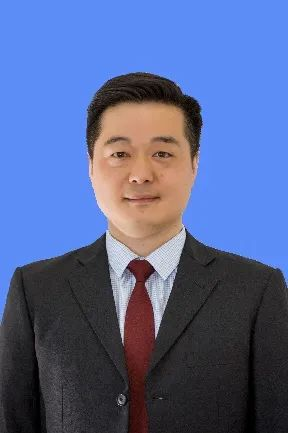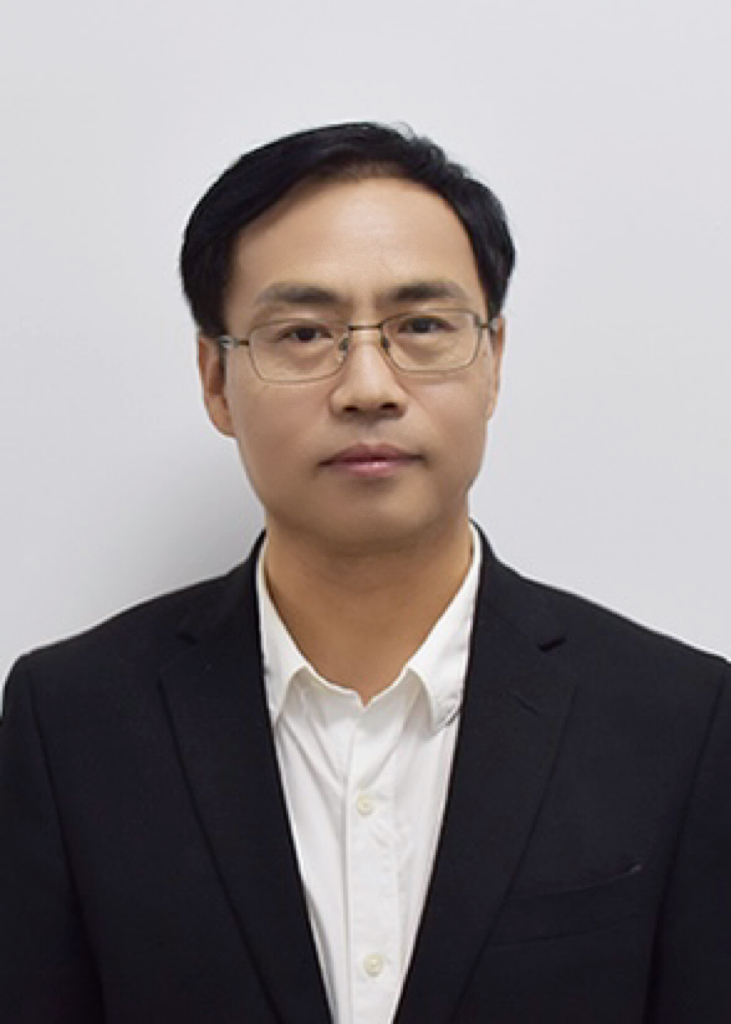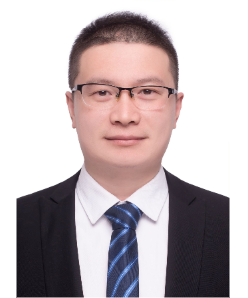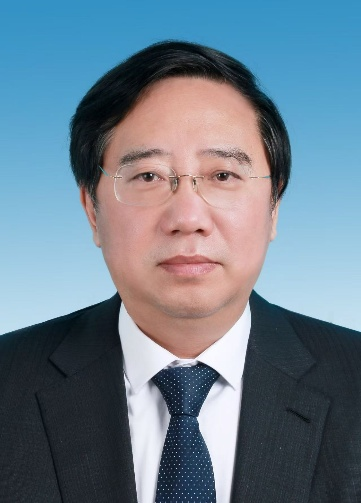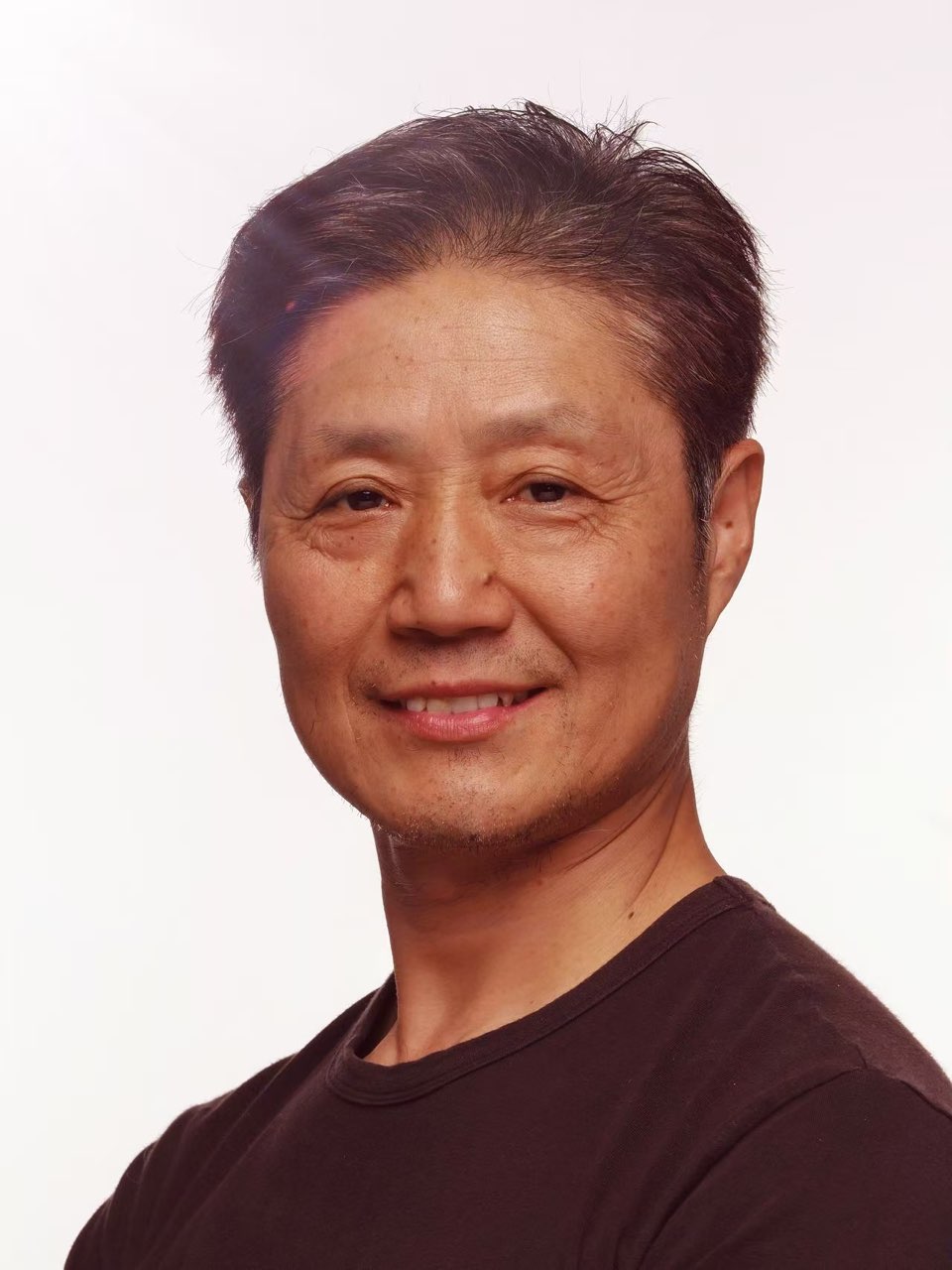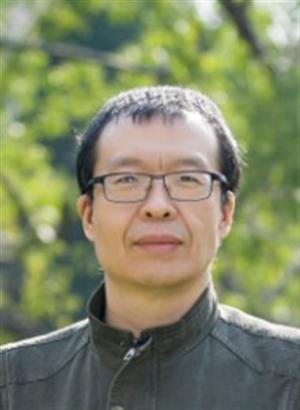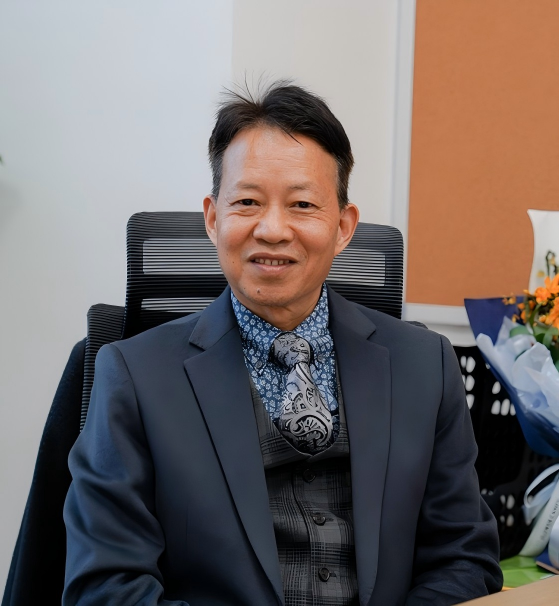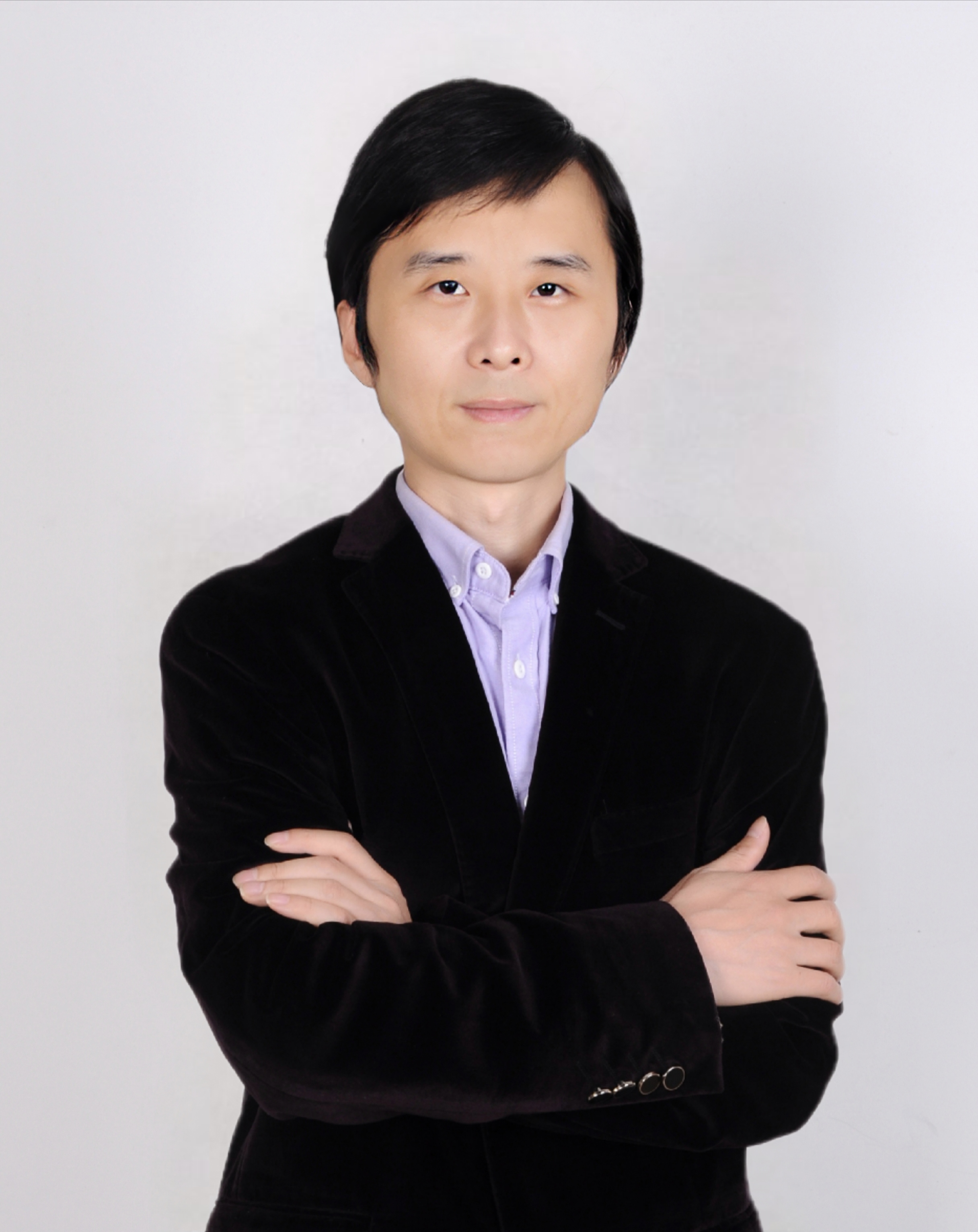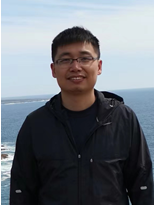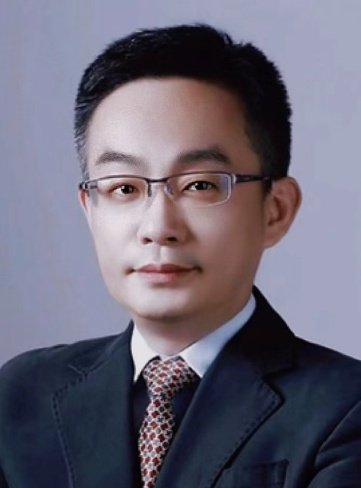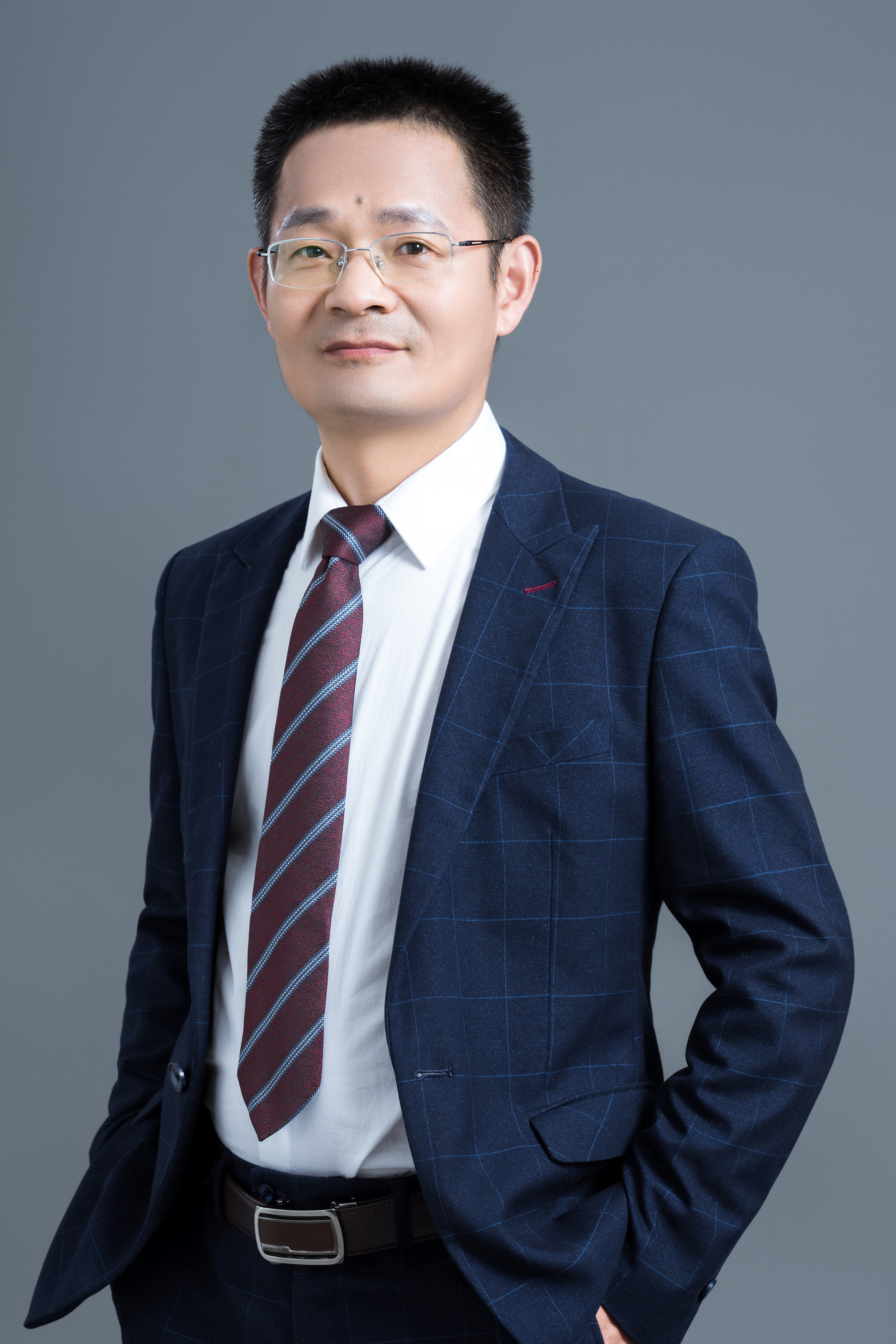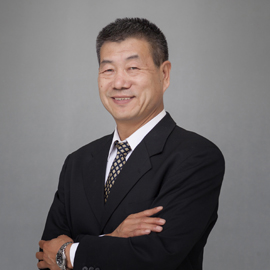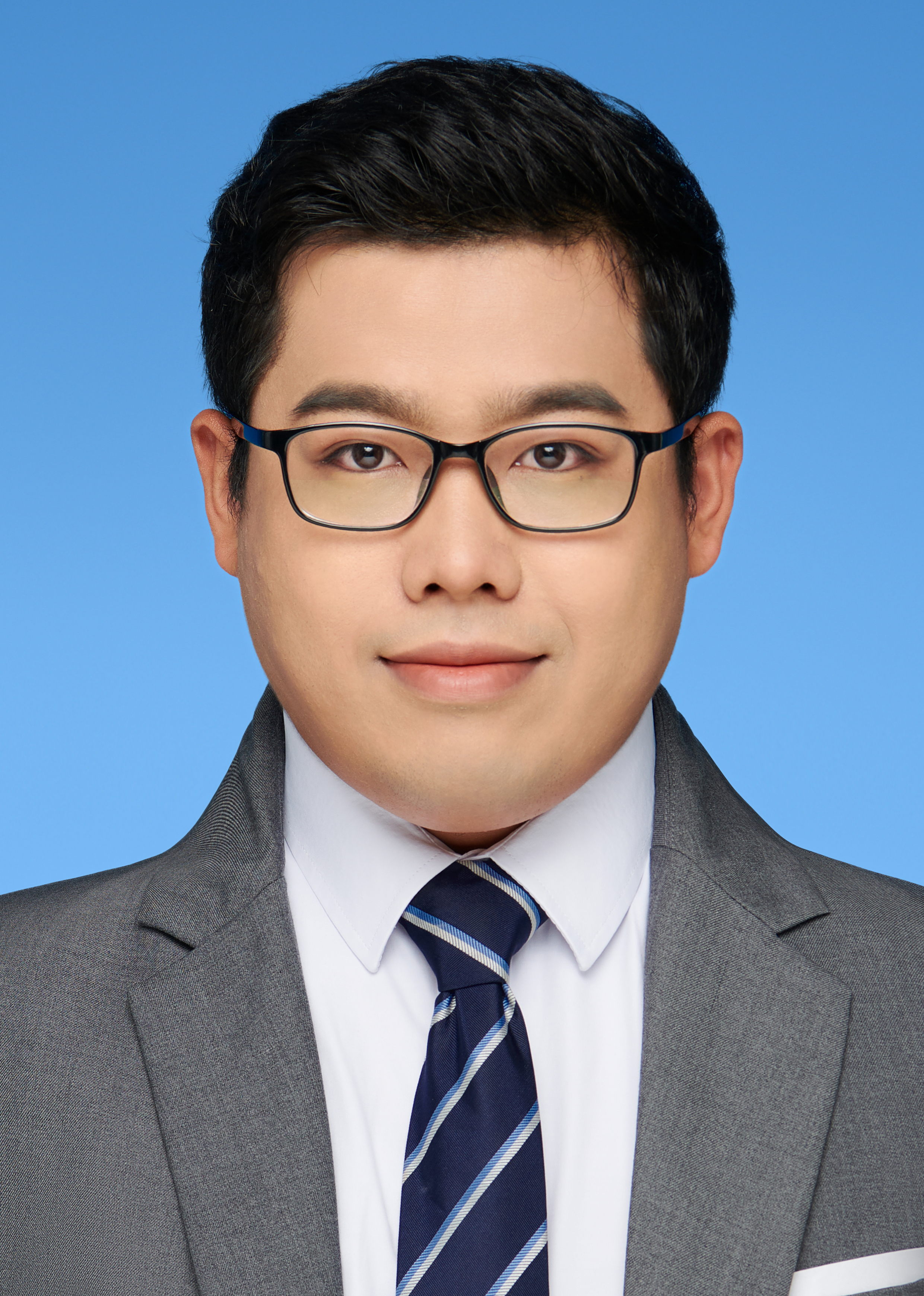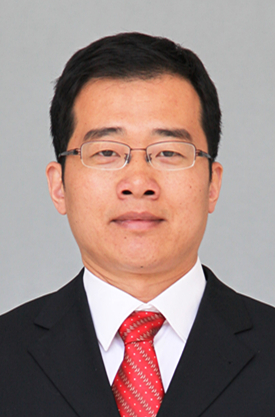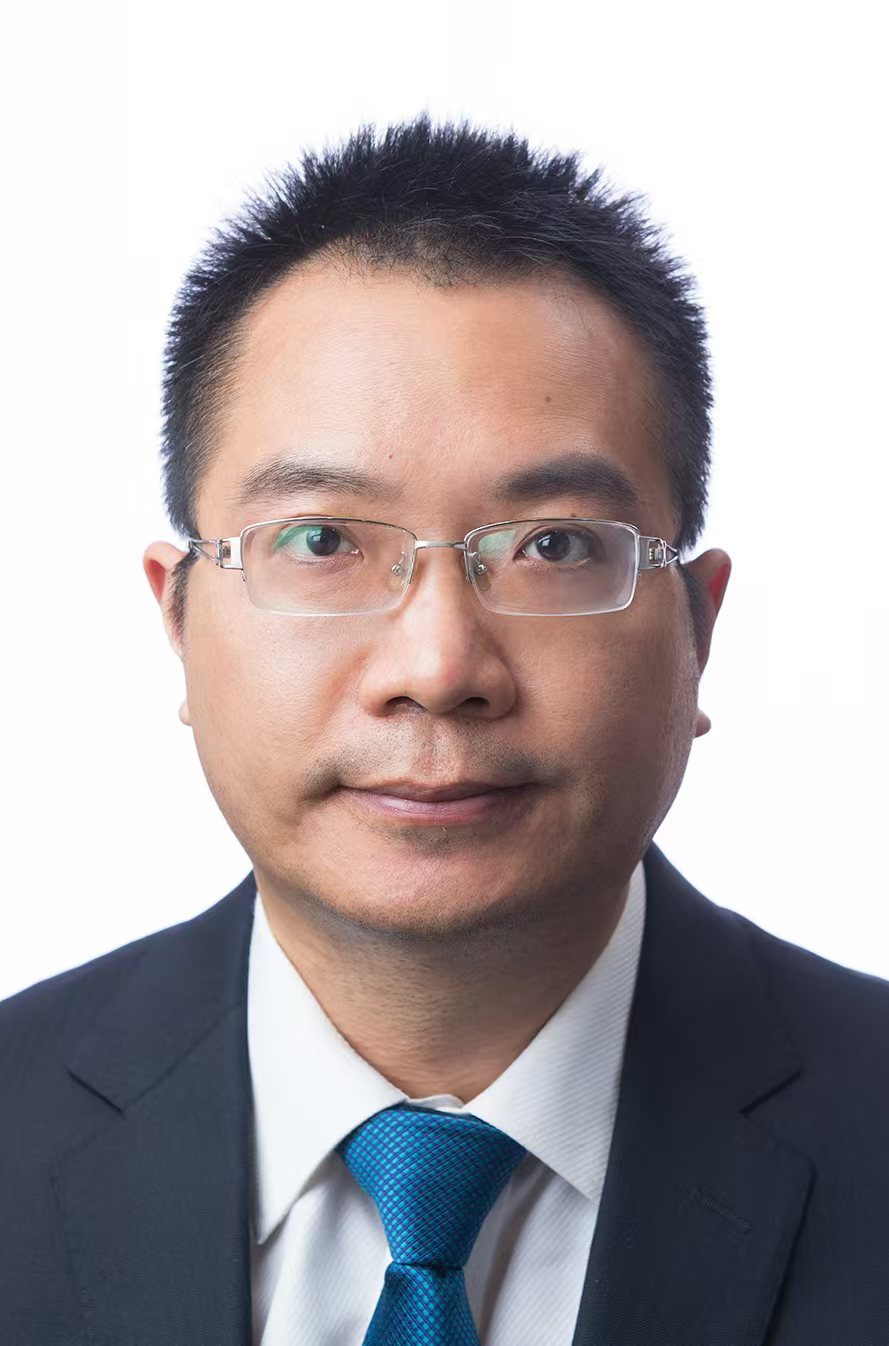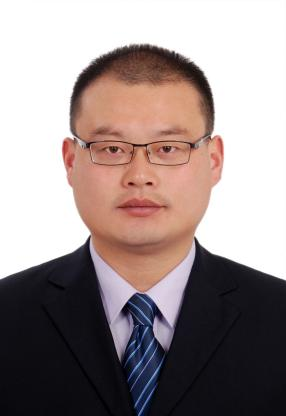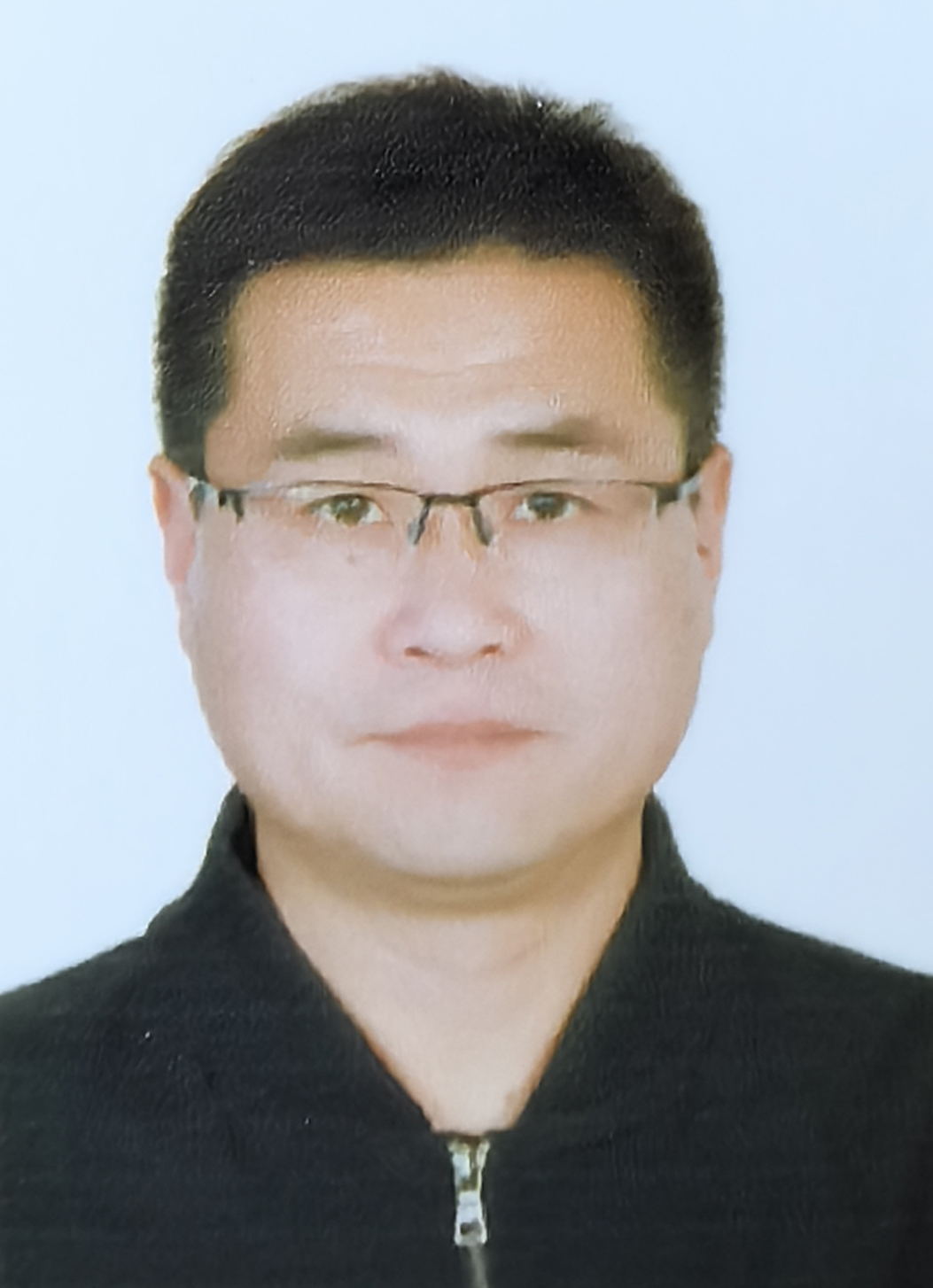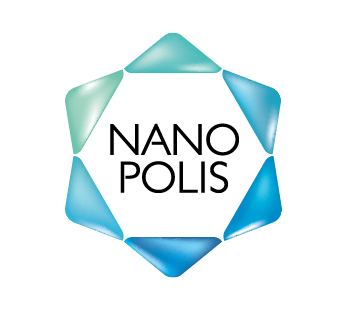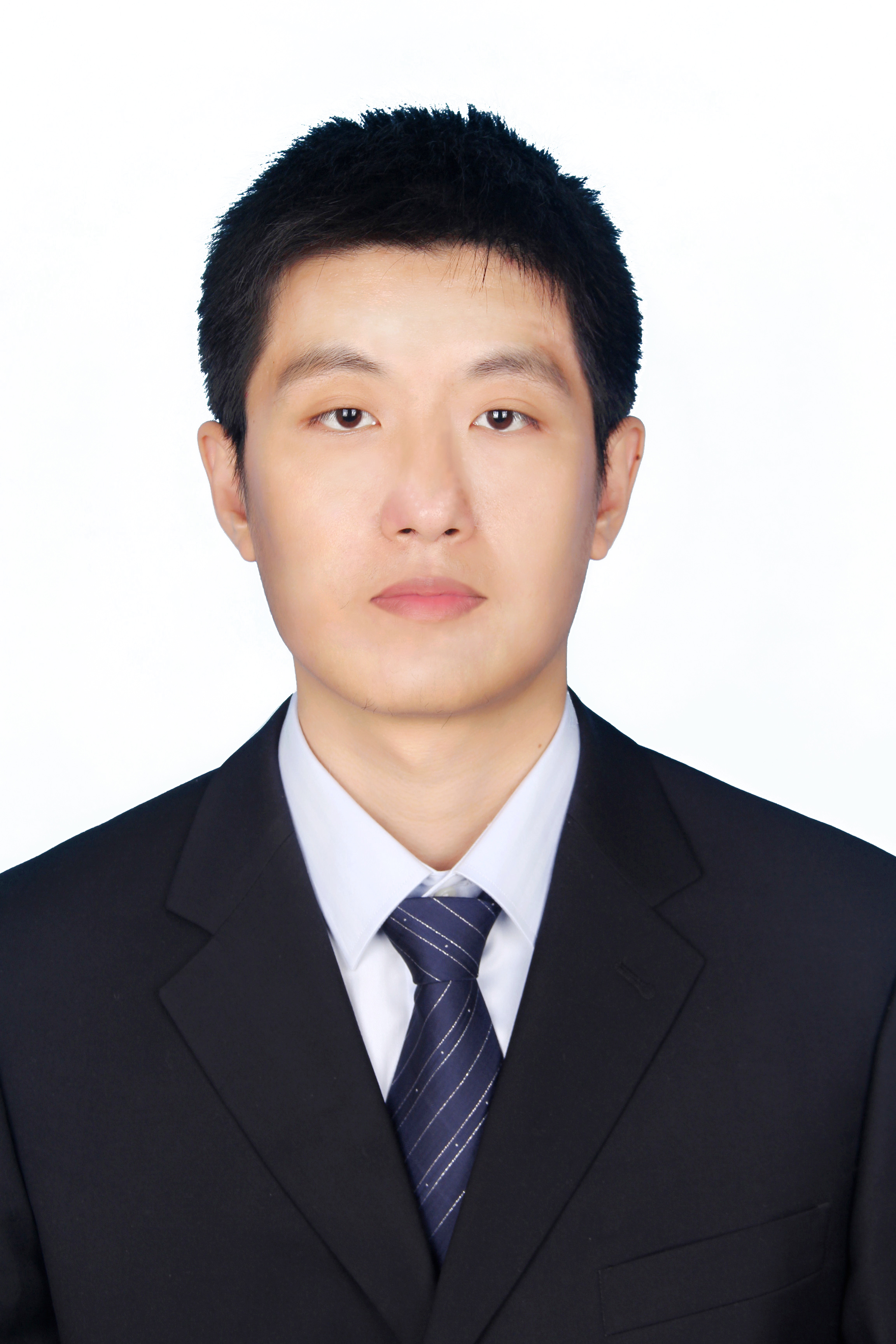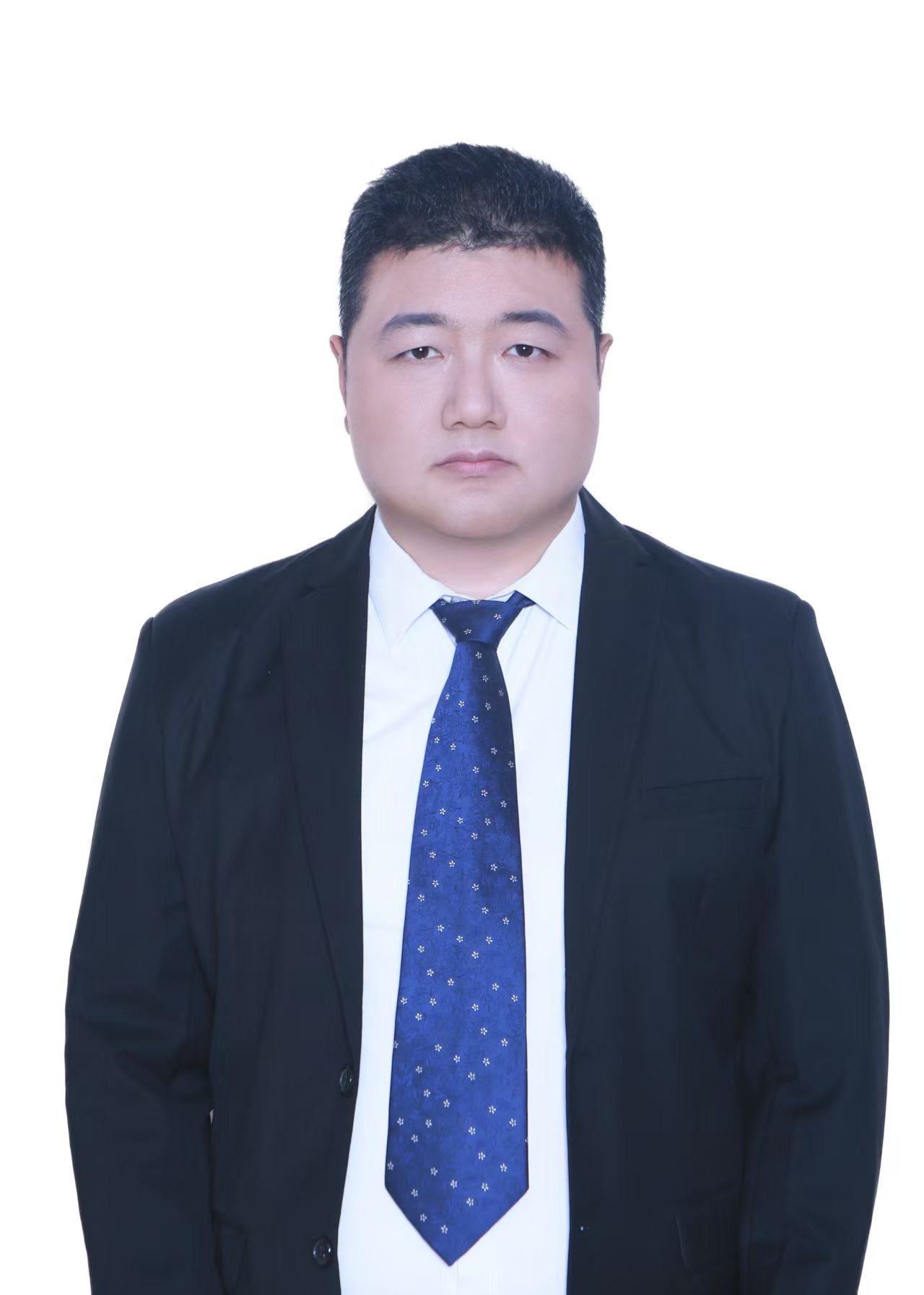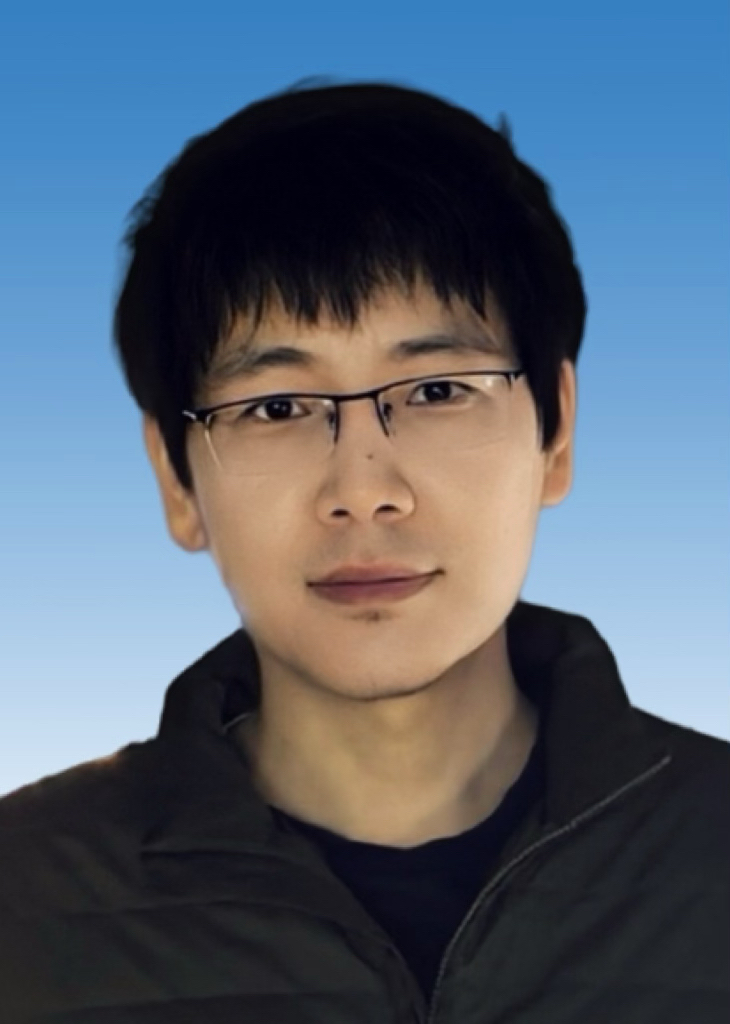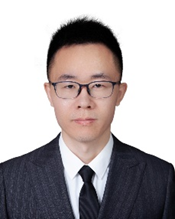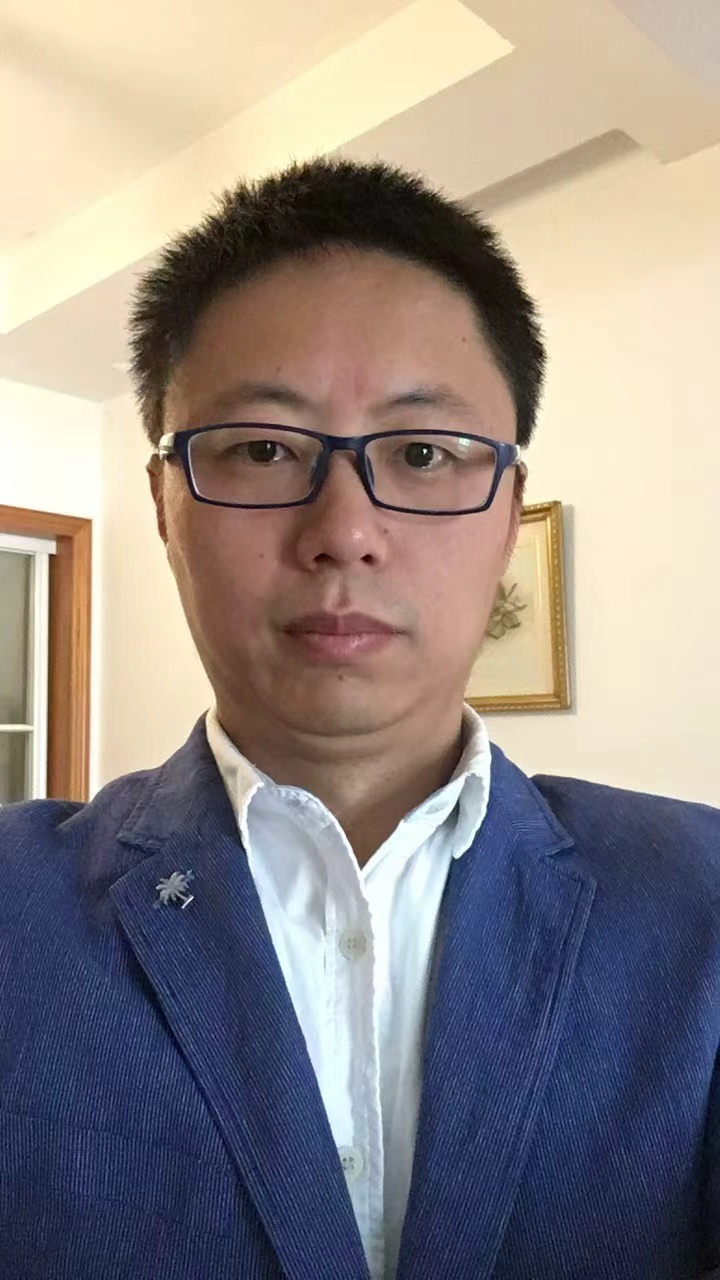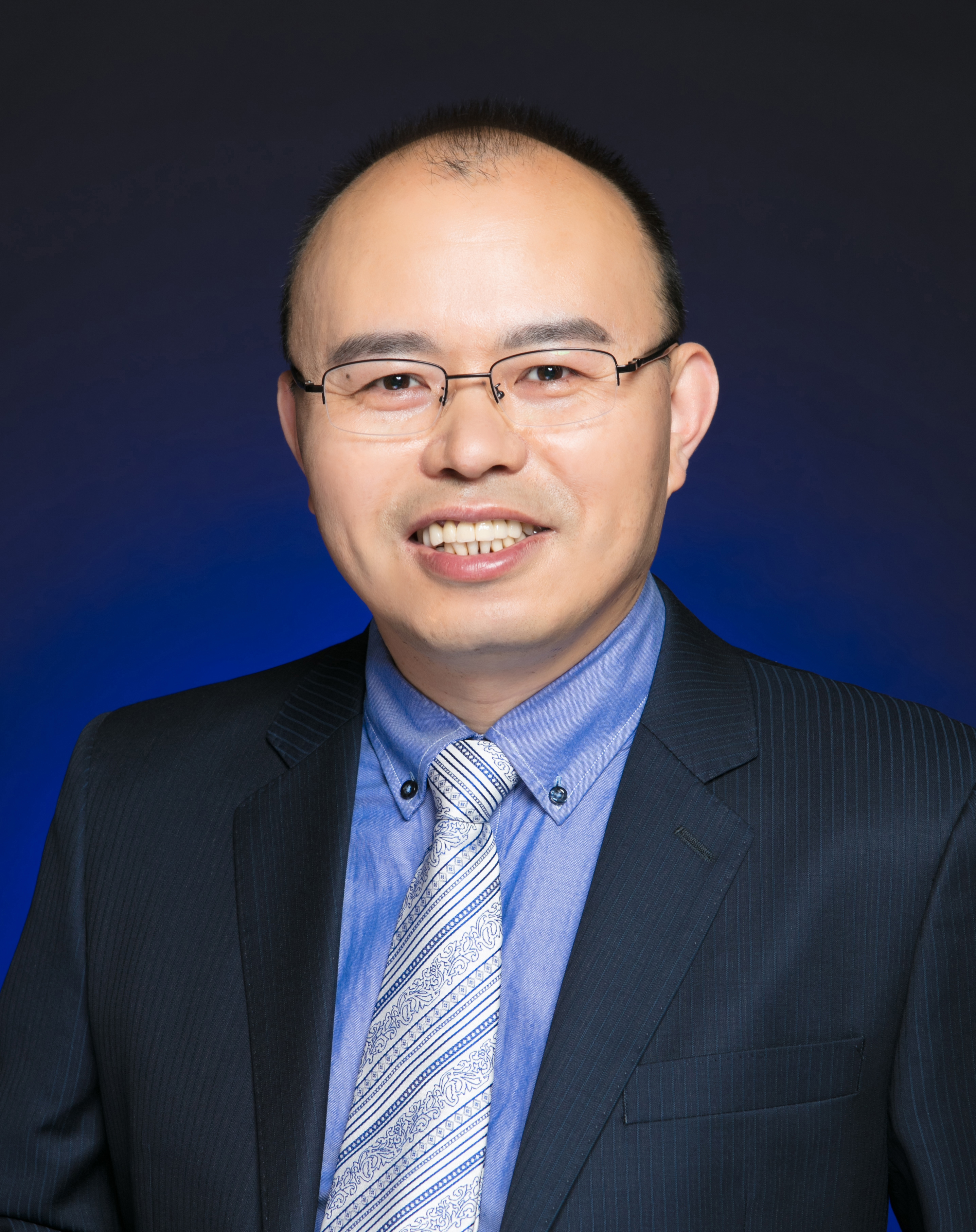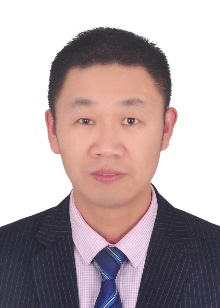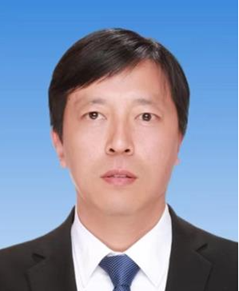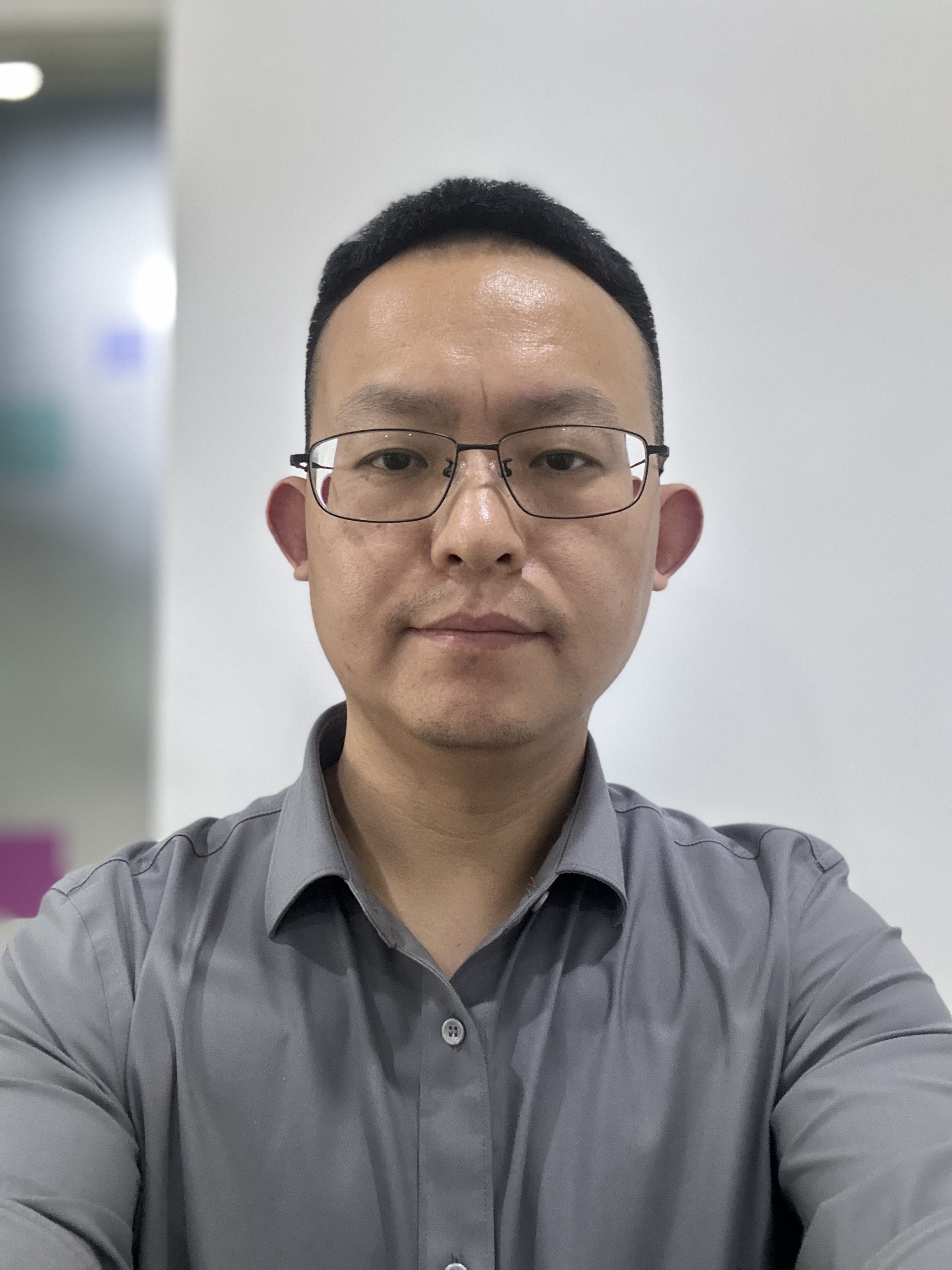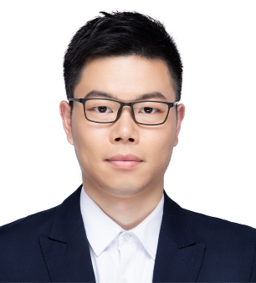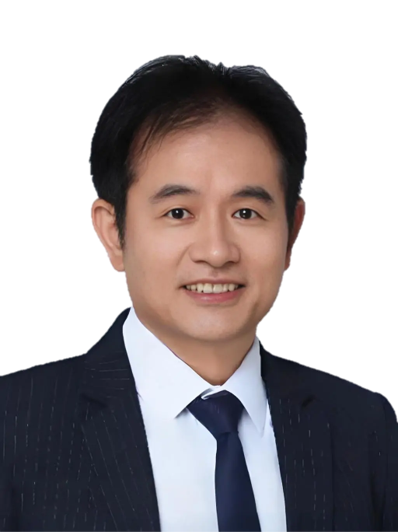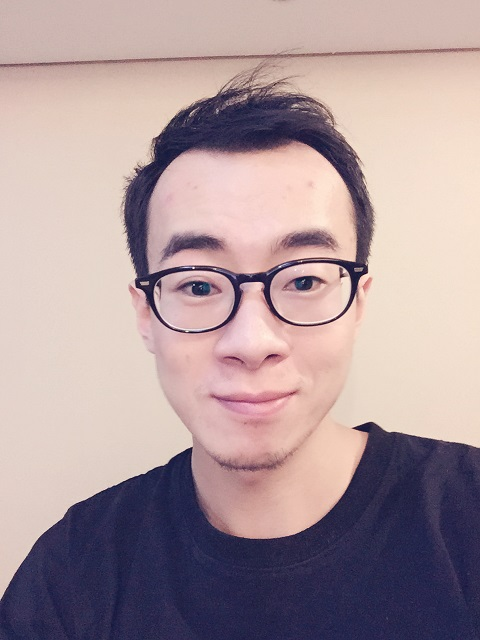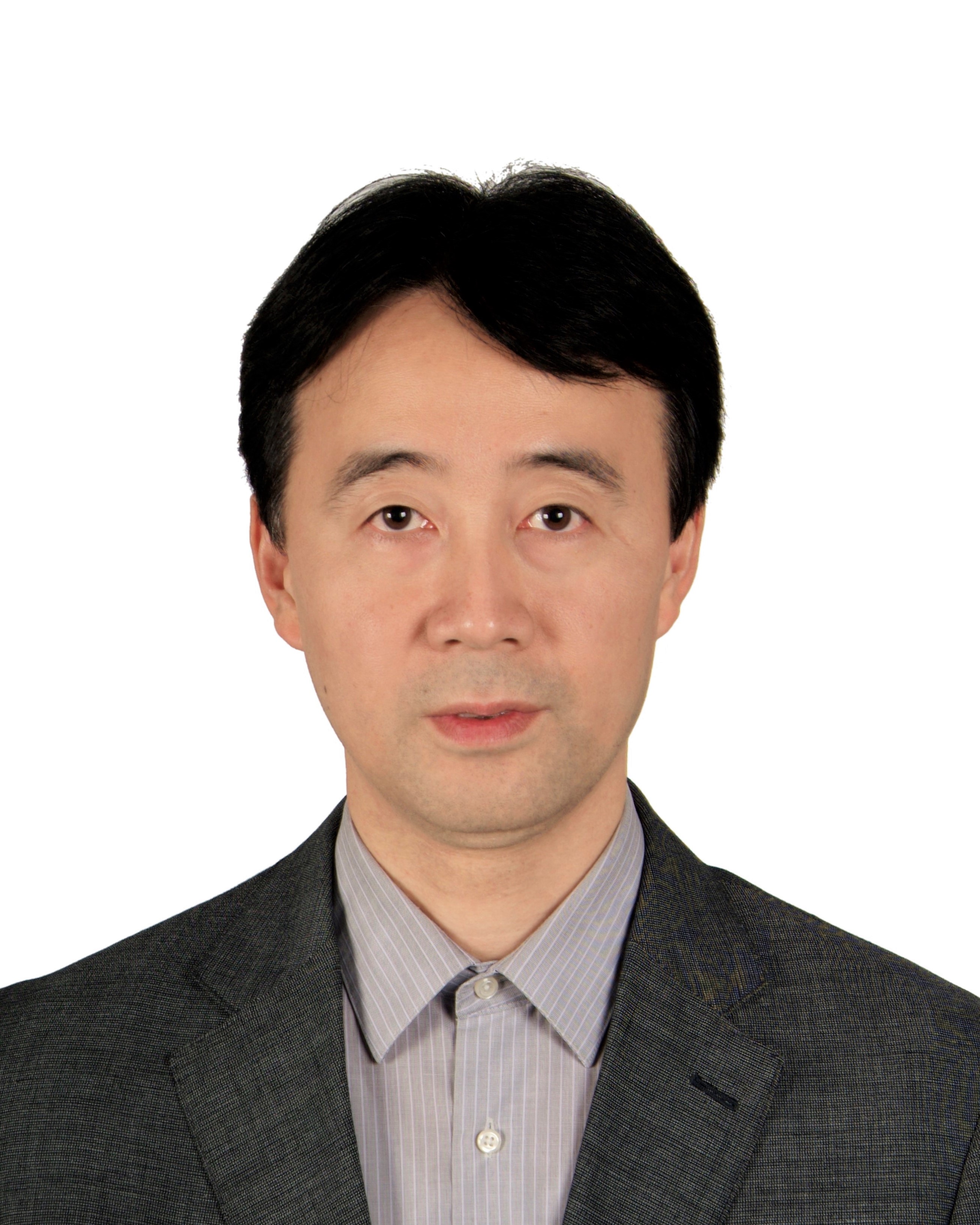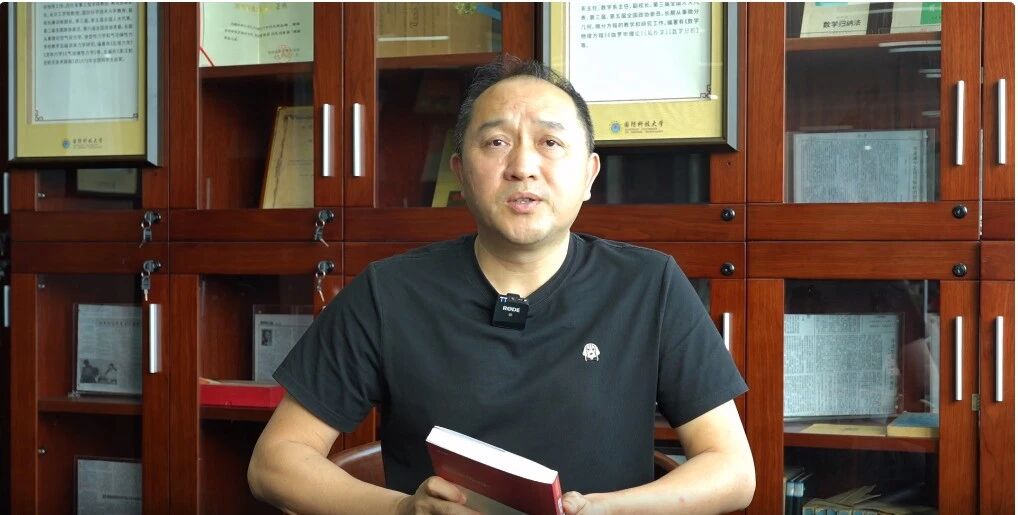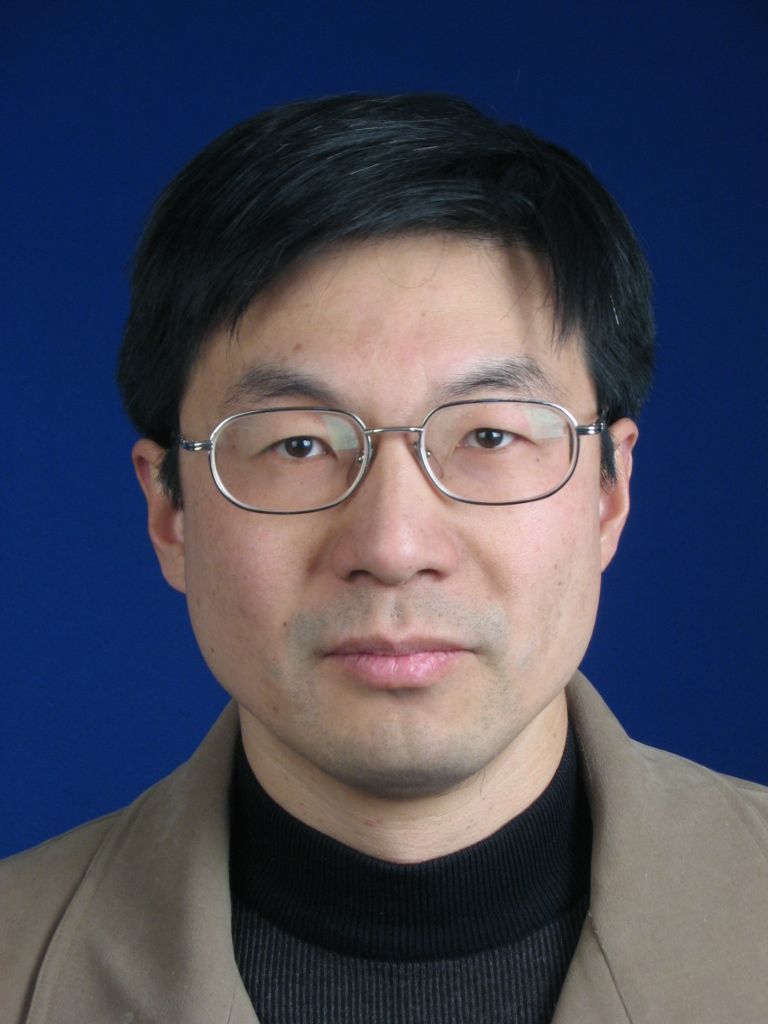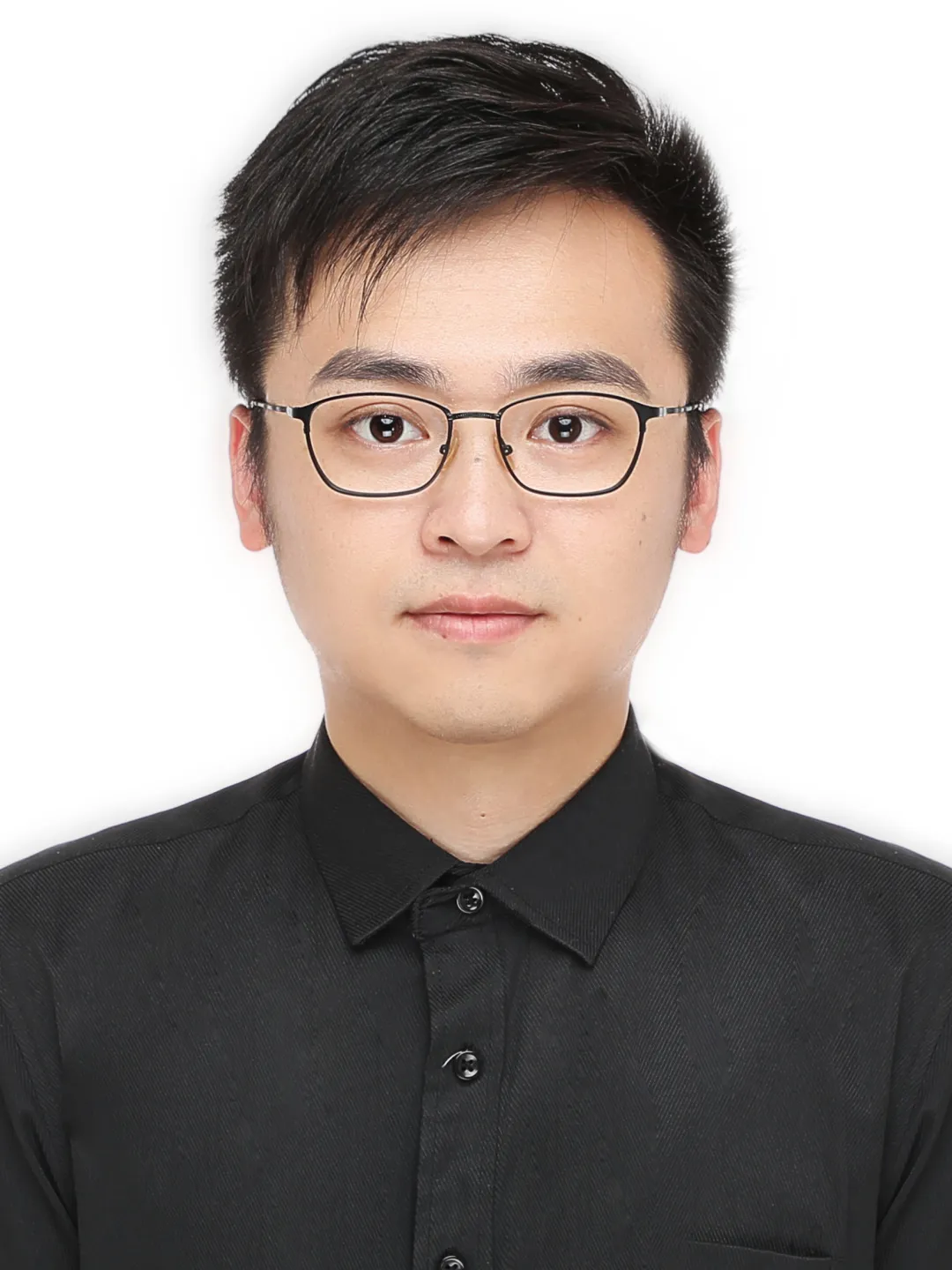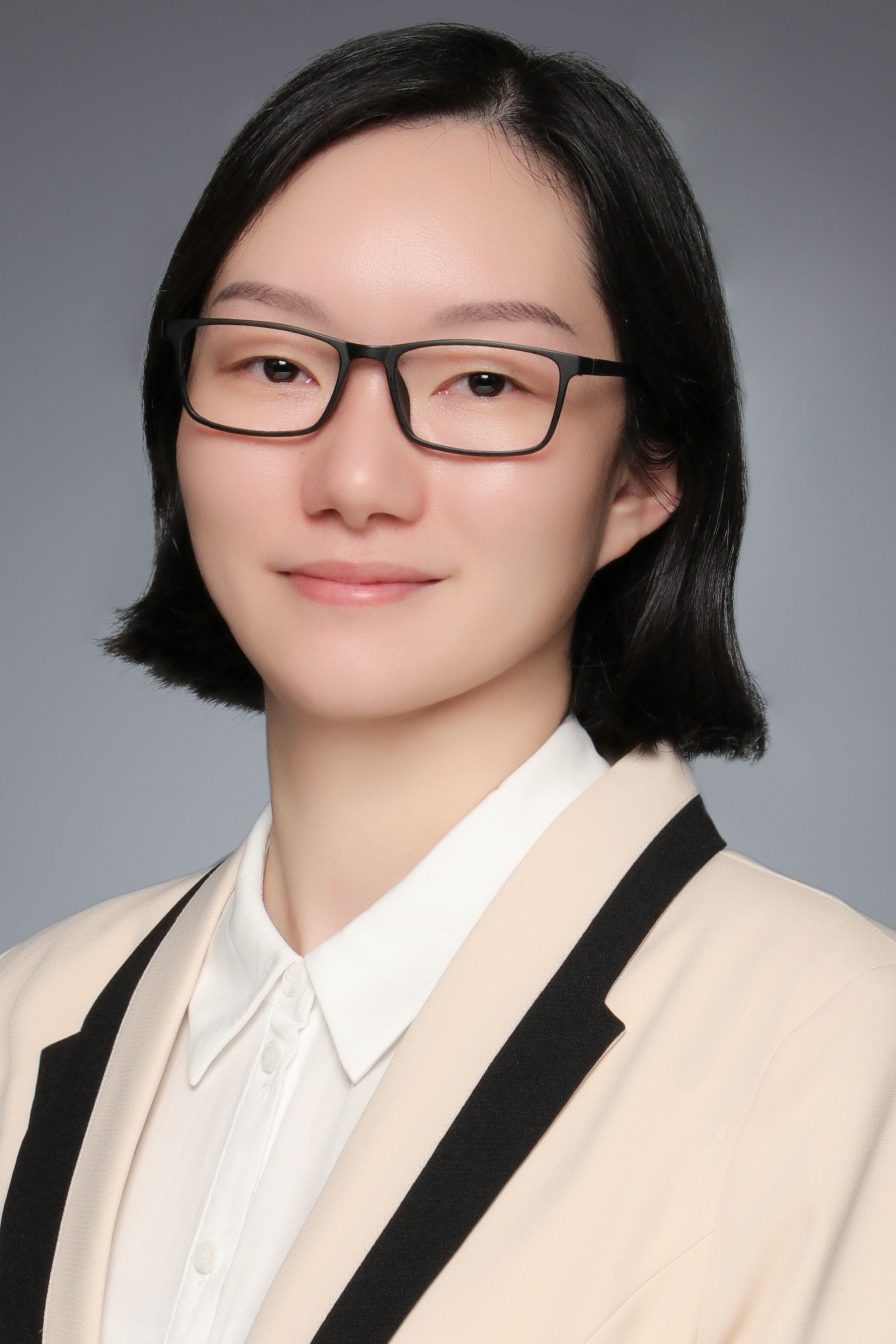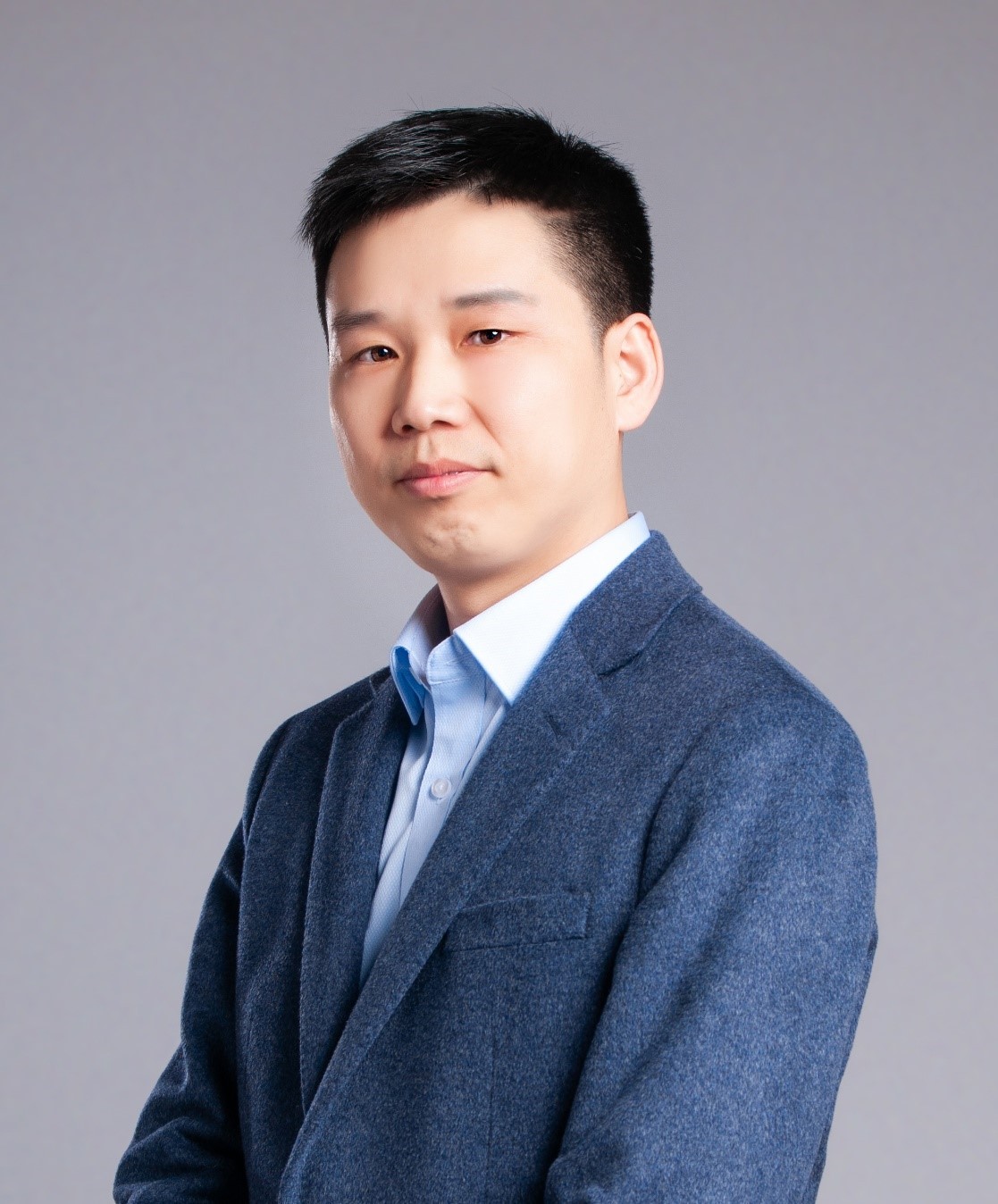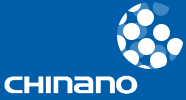Driven by the new round of global technological revolution, laser technology, as the "universal processing tool" of modern industry and the core carrier of the information industry, is deeply reconstructing the high-end manufacturing paradigm. With the cross-empowerment of 5G communication, quantum technology and artificial intelligence, the photonics industry has become a strategic engine driving the leapfrog development of the digital economy. Relying on its advantage as a national innovation highland for the optoelectronic industry, Suzhou has taken the lead in incorporating photonic technology into the "14th Five-Year Plan" advanced manufacturing cluster cultivation system. By building the laser industry community of the G60 Science and Technology Innovation Corridor, it has systematically constructed an innovation ecosystem of "four-chain integration", forming a hundred-billion-yuan industrial cluster in cutting-edge fields such as optical chip design, ultra-precision optical manufacturing, and all-optical communication networks. It has been honored as the innovation core of "China Optics Valley".
This forum brings together top research institutes, leading enterprises and representatives from the industrial chain in the industry, focusing on three core topics: "semiconductor optoelectronic technology, intelligent manufacturing technology and laser technology". The conference aims to build an international platform for technological exchange and cooperation, share the latest research results, analyze future technological trends, promote collaborative innovation among the upstream and downstream of the industrial chain, accelerate technological transformation and industrial upgrading. Provide core driving force for global optoelectronic integration systems and discuss the future of optoelectronics together.



